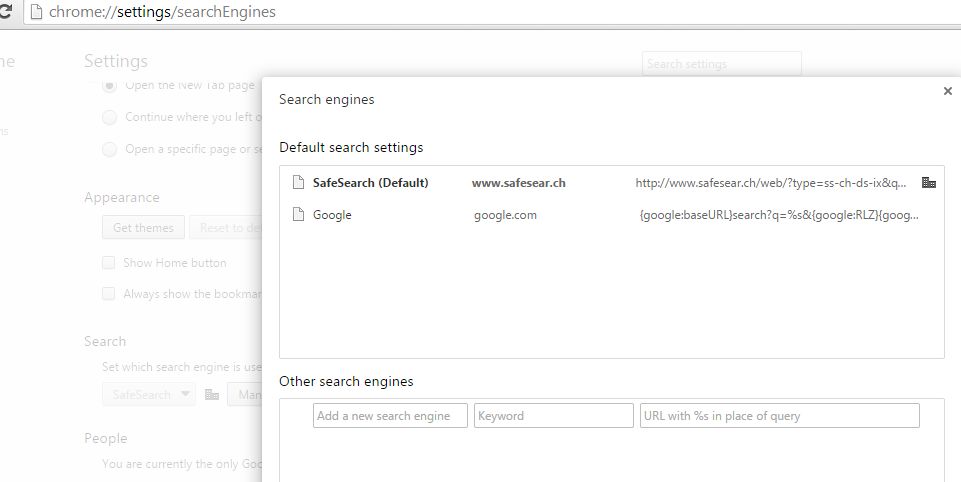

Let me know if anyone has any questions or possible solutions. Has anyone else noticed this? Is this a known issue? I tried a few searches on this forum and couldn't find anything about Chrome Remote Desktop integration. It seems to be a bug which has arisen from the recent update to 1password 7, as this was not an issue in 6. To the best of my ability I don't think it is any user error or anything that I can help or fix on my own. The below PowerShell script should uninstall any Google Chrome version and can be used to remotely uninstall Google Chrome. So the path can change depending on the version number.
Uninstall and reinstall Chrome Remote Desktop Google Chrome path is a bit tricky as each version is installed with the google chrome version number. As I click the icon changes color to indicate that it is registering the click and being selected, but nothing pops up. I will click on the small "lock" icon in the menu bar. I will open up Chrome Remote Desktop on my Macbook Pro 2016 and select the computer I want to remote into. I love the redesign 1password 7, but the issue is that not only does 1password not recognize which program I am using and attempt to fill, it does not come up at all. I have a large number of computers that I can remote into over Chrome Remote Desktop, and I keep them all in a secure note in 1password. The first of SOC 2’s Five Trust Services Criteria, Security, requires your system to be protected from unauthorized access and that controls are put in place to limit access and protect against data breaches that can occur.I ran into a small bug when accessing 1password while trying to use Chrome Remote Desktop. Some security frameworks like SOC 2 can also require you to ensure your business is protected from unauthorized remote access. You may also find questions about remote access on a vendor security questionnaire sent to your company. If you have Google Chrome shortcut on your desktop, double-click on it there. Look for Google Chrome from your Start menu under All Programs. You want to protect your customer information or intellectual property from data breaches, which have become alarmingly common.Ī comprehensive set of cybersecurity policies is the first step to securing your business against malware or the theft of personal information. Method 1 Disabling Chrome Remote Desktop Download Article 1 Launch Google Chrome. This kind of security policy or procedure is critical to communicate to employees. 
In fact, if your company has a cybersecurity program in place, there may be a policy in place that forbids the use of Remote Desktop.

Many companies run their business operations on Windows systems. You’ve now disabled remote access to your computer.ĭoes your company have a policy about Remote Desktop?







 0 kommentar(er)
0 kommentar(er)
